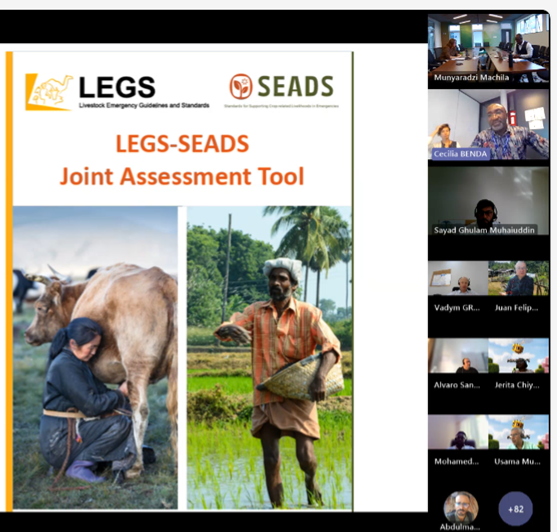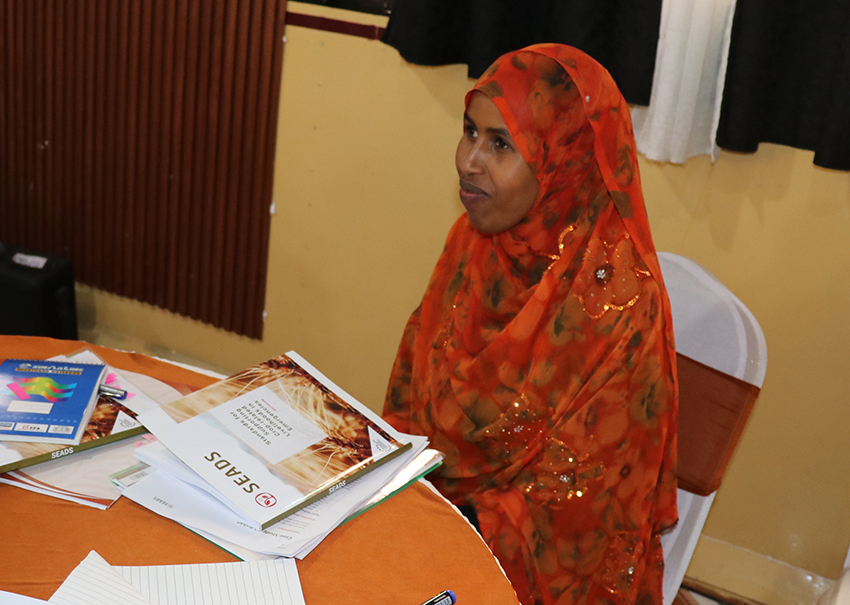In March 2025, Concern Worldwide held consecutive LEGS & SEADS Practitioner Course Training in Nairobi, Kenya, strengthening capacity for emergency livestock and crop response across the region. Funded by Irish Aid, the two three-day events brought together 19 participants from Concern teams in Ethiopia, Kenya, and Somalia, as well as implementing partners the Rural Agency for Community Development and Assistance (RACIDA), Pastoralist Concern and Lifeline Gedo and government officials working in Mandera County Kenya, the drought- and flood-prone border area where Ethiopia, Kenya, and Somalia meet.

Led by LEGS & SEADS trainers from Concern Worldwide and ASAL eXtension Limited, the training focused on strengthening participants’ skills in identifying appropriate livelihoods-based interventions, designing responses aligned with the SEADS and LEGS standards for crops and livestock, and applying core participatory planning tools such as the PRIM (Participatory Response Identification Matrix) and MEAL (Monitoring, Evaluation, Accountability, and Learning) frameworks for effective planning.
This innovative training emphasized practical learning and encouraged participants to think creatively about supporting communities during crises. “This hands-on approach pushed participants to think beyond the usual interventions, like seed distributions,” explained David Traynor, Global Technical Adviser of Concern Worldwide. Participants explored innovative ways to support crop farmers and livestock keepers in crises, including supporting vendors who are often forgotten in crises, using cash transfers to help farmers access markets, and creating temporary employment to rehabilitate crop infrastructure.”
Feedback was overwhelmingly positive, with participants praising the participatory approach and practical relevance. Many called for extended sessions and more field-based applications, highlighting the growing demand for practical, applied learning to enhance local capacity
The March event marked an important step in building local capacity for effective, sustainable disaster response in some of the world’s most vulnerable regions.


